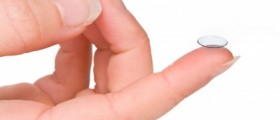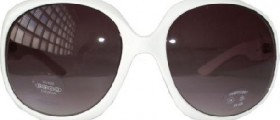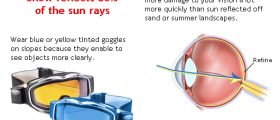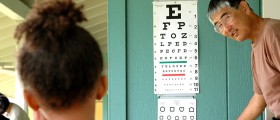
Contact lenses are a perfect solution for people who have problems with their vision but do not want to wear glasses. However, before getting contact lenses it is recommended to learn about different types of lenses and their characteristics, and also to learn how to avoid eye problems that may result from wearing contact lenses. Certain types of lenses are more likely to cause certain problems.
Types of contact lenses
Two main types of contact lenses are soft and hard lenses. Soft lenses conform to the shape of the eye and are generally more popular. They are comfortable and thin, thanks to their gel-like structure. They also stay in place, which makes them perfect for people who are involved in sports or lead an active lifestyle.
The varieties of soft lenses are single use, daily wear and extended wear lenses. Single use lenses are discarded each day before bedtime and replaced with new ones. However, these lenses are more expensive than other types.
Daily wear lenses are cheaper than single use variety and they can be re-used several times before discarding them.
Extended wear lenses can be worn continuously, day and night, for several weeks, depending on the manufacturer and the type. They allow oxygen supply to the cornea which is why they can be worn during the night. However, continuous use increases the risk of infections due to the presence of microorganisms underneath the lens.
Eye problems related to contact lenses
Contact lenses reduce the amount of oxygen that reaches the cornea, which makes the eye more susceptible to irritation and infection. Another problem related to contact lenses in irritation.
Infections can be prevented by following strict rules about handling, storing and replacing contact lenses and by practicing good hygiene.
Hands must be carefully and thoroughly washed and dried before handling contact lenses. It is recommended to avoid contact with water while wearing lenses. It is not advised to use lenses when showering, bathing, swimming or diving.
Contacts should be removed before bedtime. This goes for extended wear contacts too, even though they are designed to allow more oxygen to reach the cornea.
Contact lens solutions should match the specific type of lenses. It is recommended to use only manufactured and sterile solutions, recommended by a doctor.
If the eyes feel irritated or scratchy, if they are red and itching, it is better to remove the lenses for a short while, storing them in the solution. If the irritation persists and if it is accompanied by severe redness and watery eyes, it may indicate an infection, in which case it is recommended to see a doctor.
People who have been wearing lenses for a long time are advised to have regular check-ups at the ophthalmologist’s, who will examine the eyes and see if there is any damage due to contacts.

















Your thoughts on this
Loading...